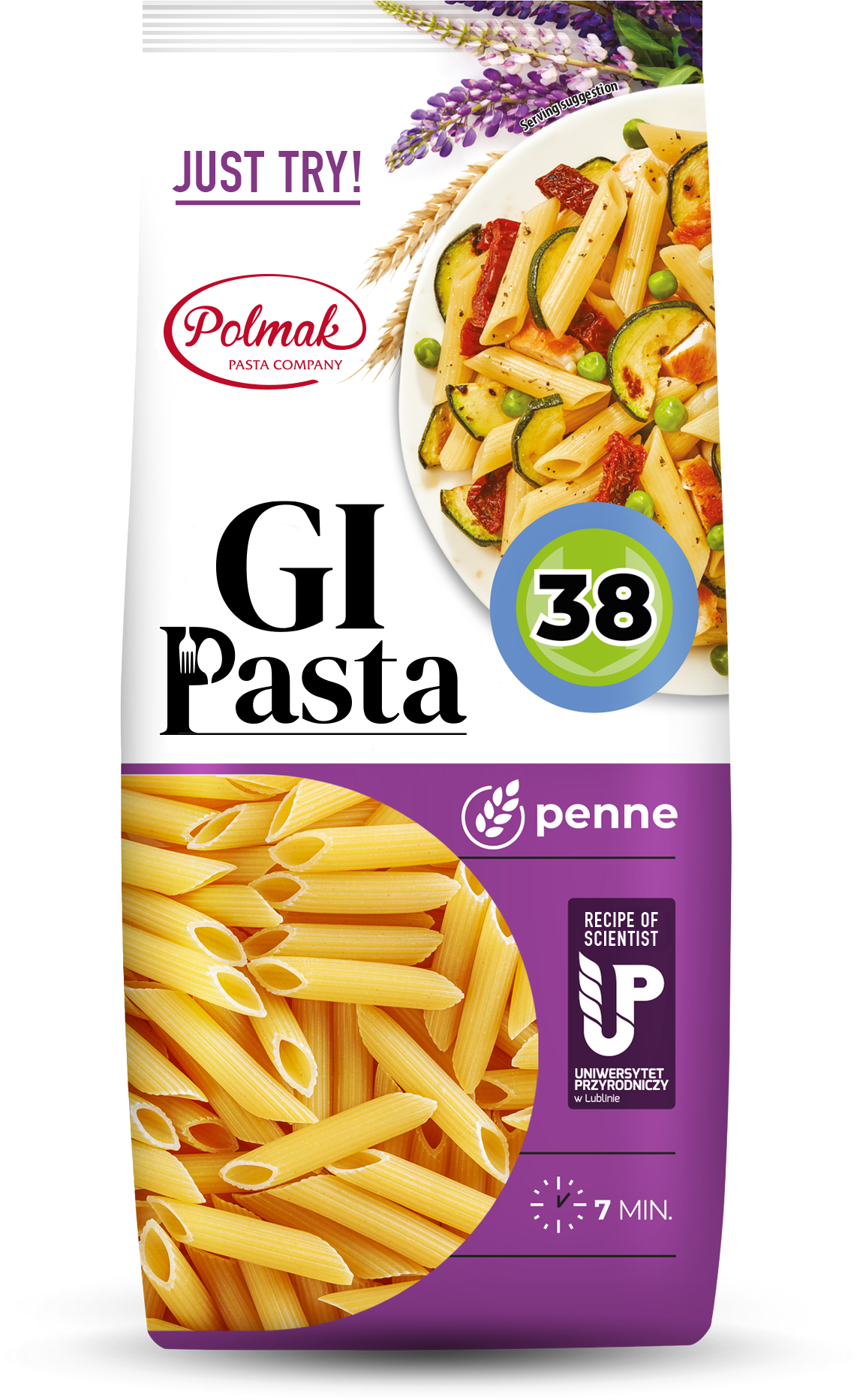Healthy food is often associated with less appealing taste, but is this always true? Not necessarily. There is ample evidence and culinary trends showing that a healthy diet can be both delicious and satisfying. A healthy diet isn’t limited to raw vegetables and bland salads. Chefs experiment with various spices, herbs, and cooking techniques to enhance the flavors of nutritious ingredients. This can lead to incredibly tasty dishes.
Flavor variations depend solely on our imagination. Many producers now offer healthy snacks that combine nutritional richness with taste. Examples include crispy vegetable chips, sugar-free dried fruits, or roasted nuts with minimal salt. You can buy pasta containing low glycemic index fiber and create delicious dishes from it. Baking, grilling, stewing, and using various culinary techniques can enhance a dish. Restaurants and chefs are experimenting with plant-based dishes, such as vegan meals, which can be as tasty and appealing as meat dishes. New culinary trends cater to everyone’s tastes. The growing nutritional awareness focuses on the quality and health benefits of ingredients, leading to the creation of flavorful yet healthy dishes.
However, it is worth noting that individual taste preferences differ, so what is tasty for one person may not necessarily appeal to another. Therefore, experimenting and discovering healthy dishes that meet the taste expectations of each of us is important.
Healthy eating should not be associated with strict regimes and bland taste, but above all with the quality of the product. You can find healthy versions of favorite dishes that retain their flavor but are less calorie-dense and more beneficial for health without compromising our taste buds. It’s worth introducing spices and herbs into your kitchen to make prepared dishes tempting in taste, appearance, and aroma. Then healthy eating will certainly not be boring!










